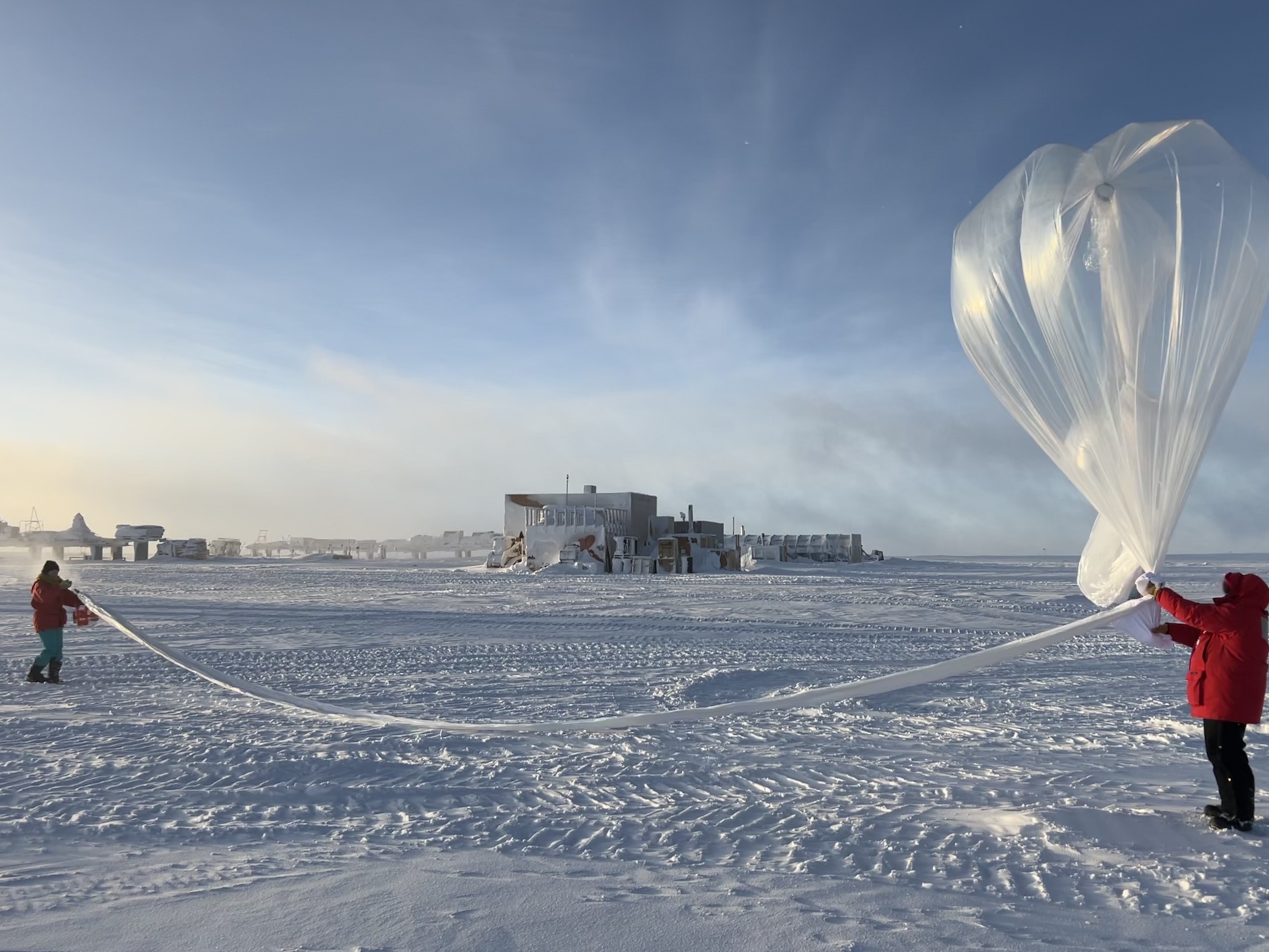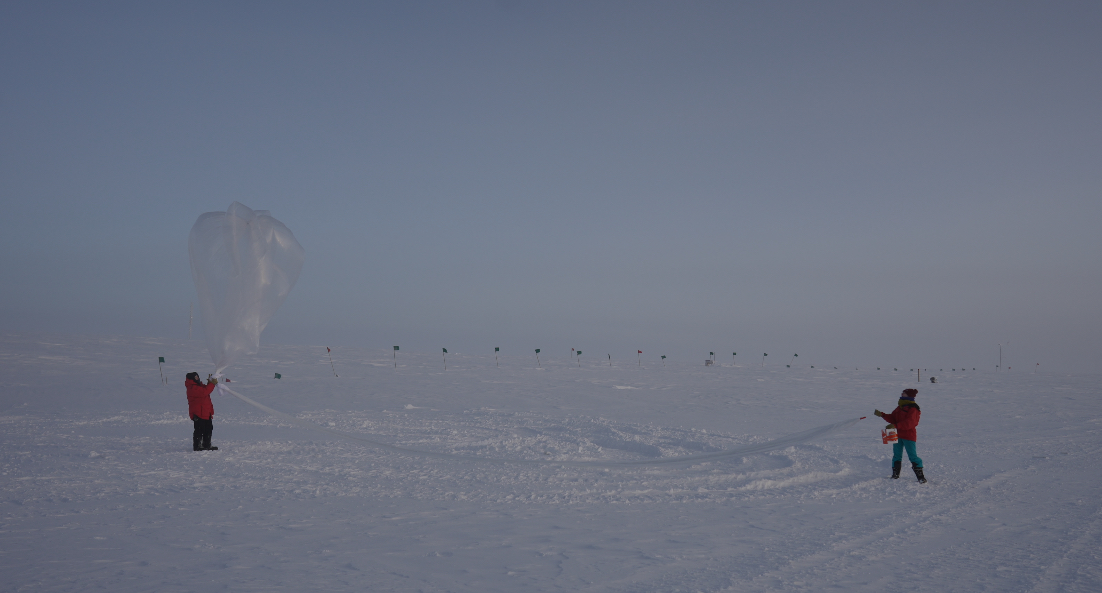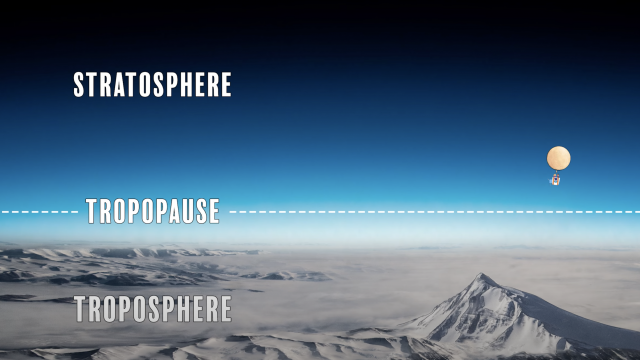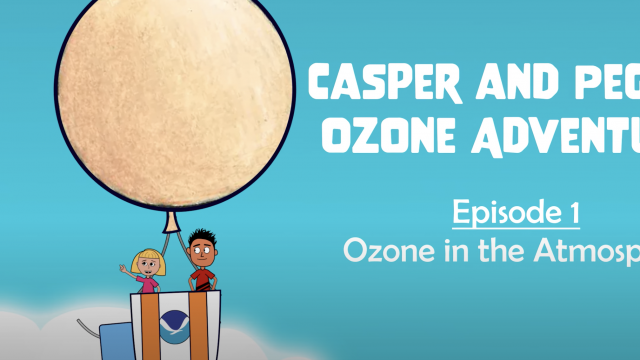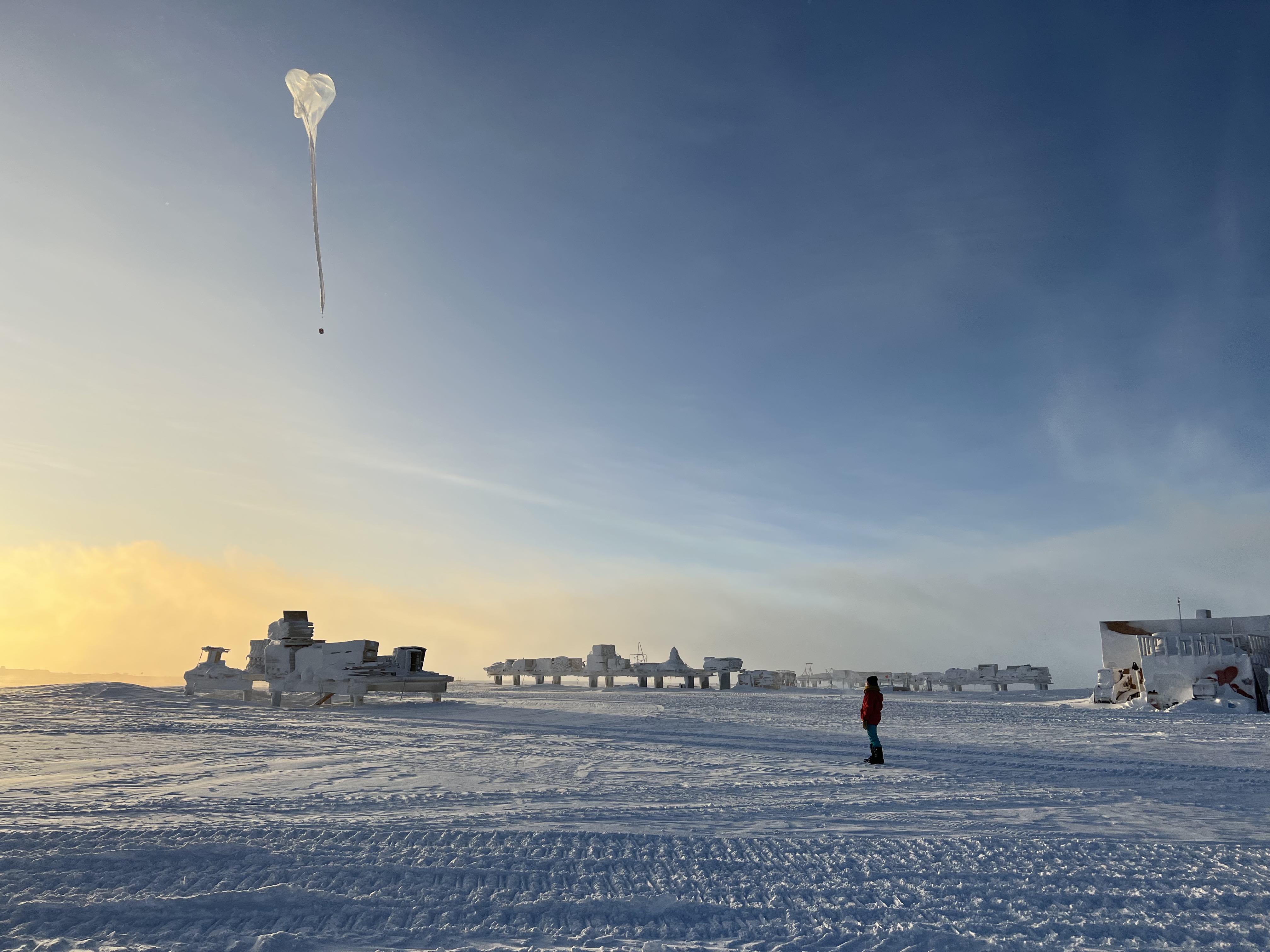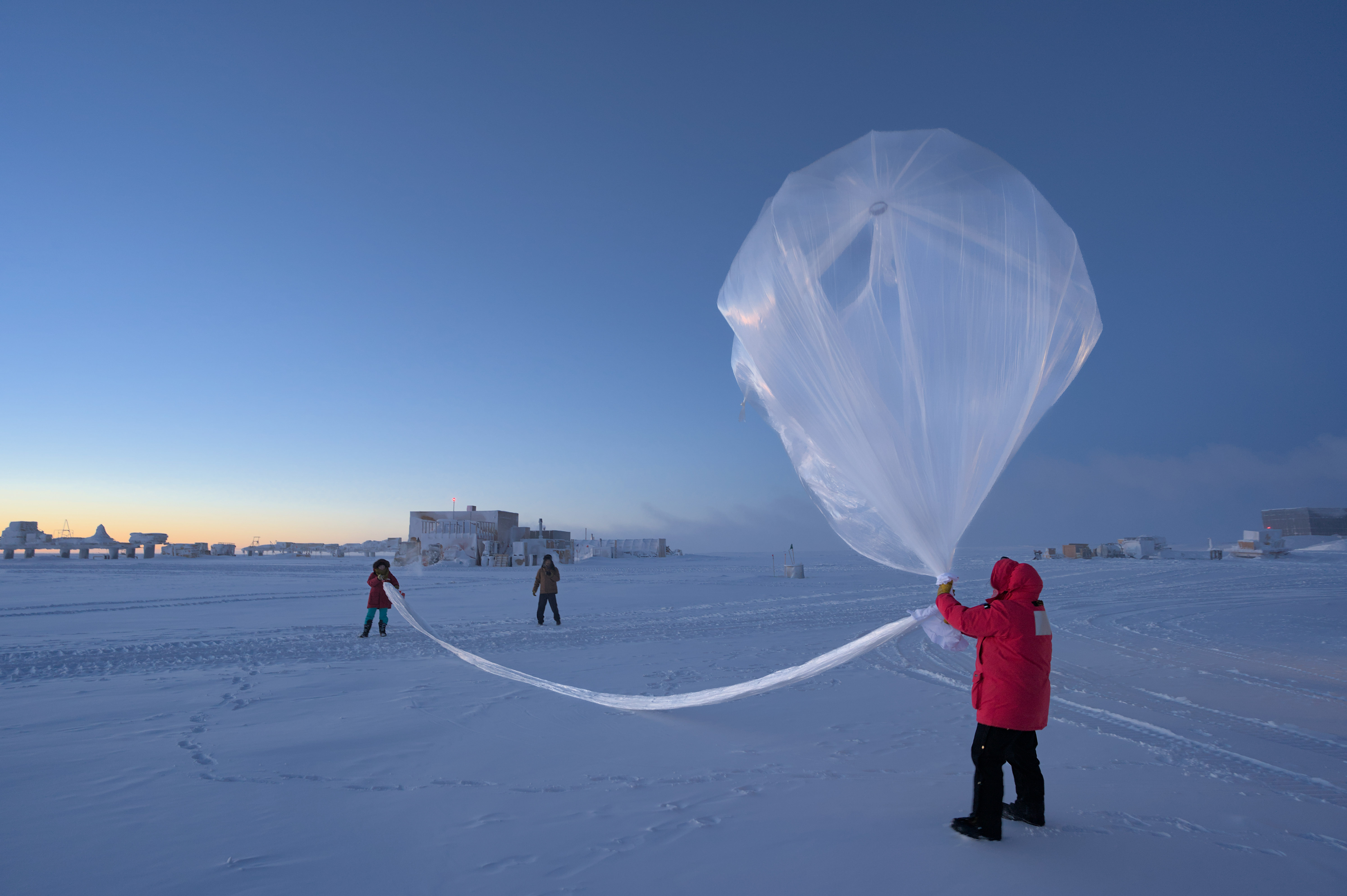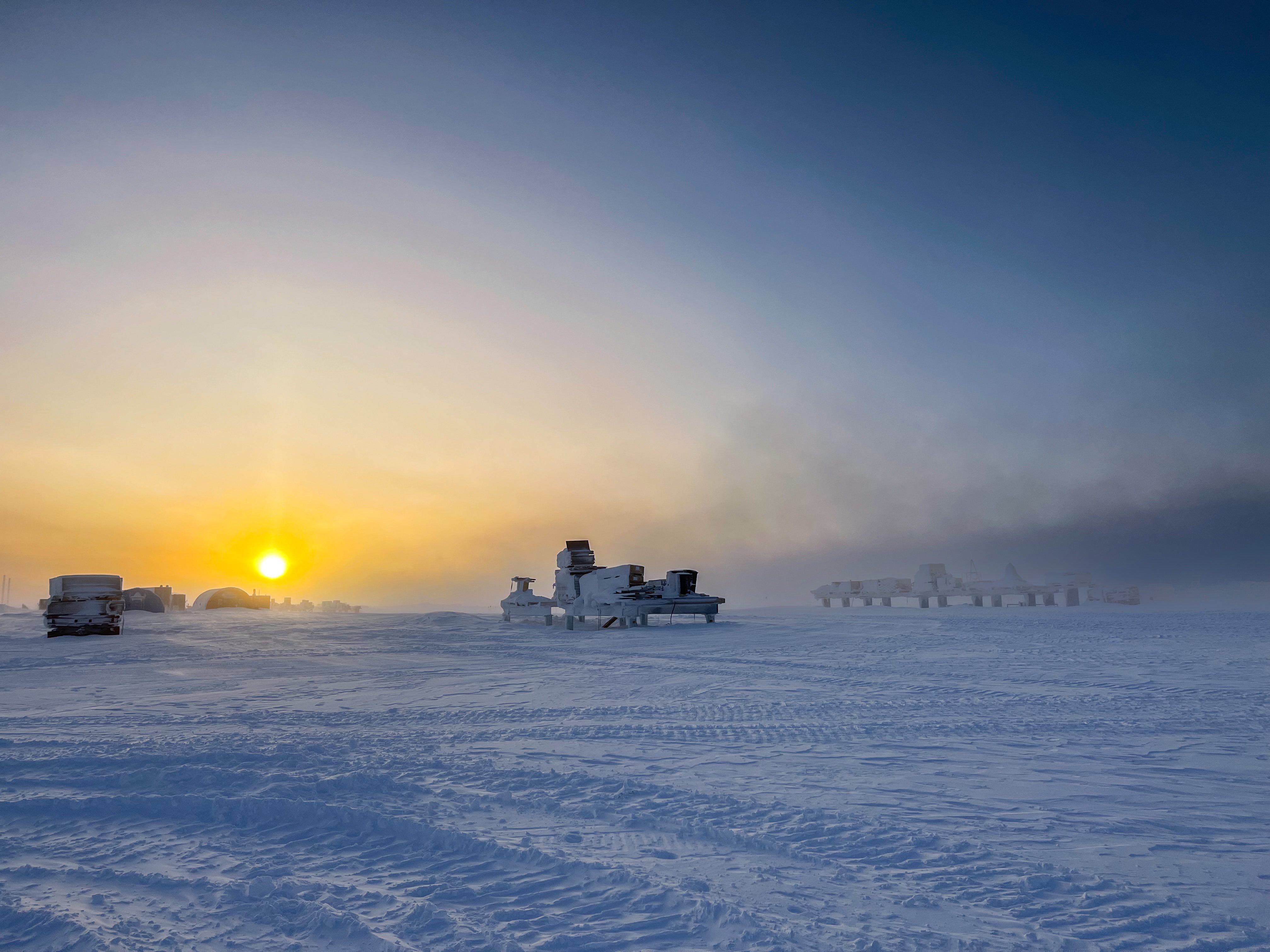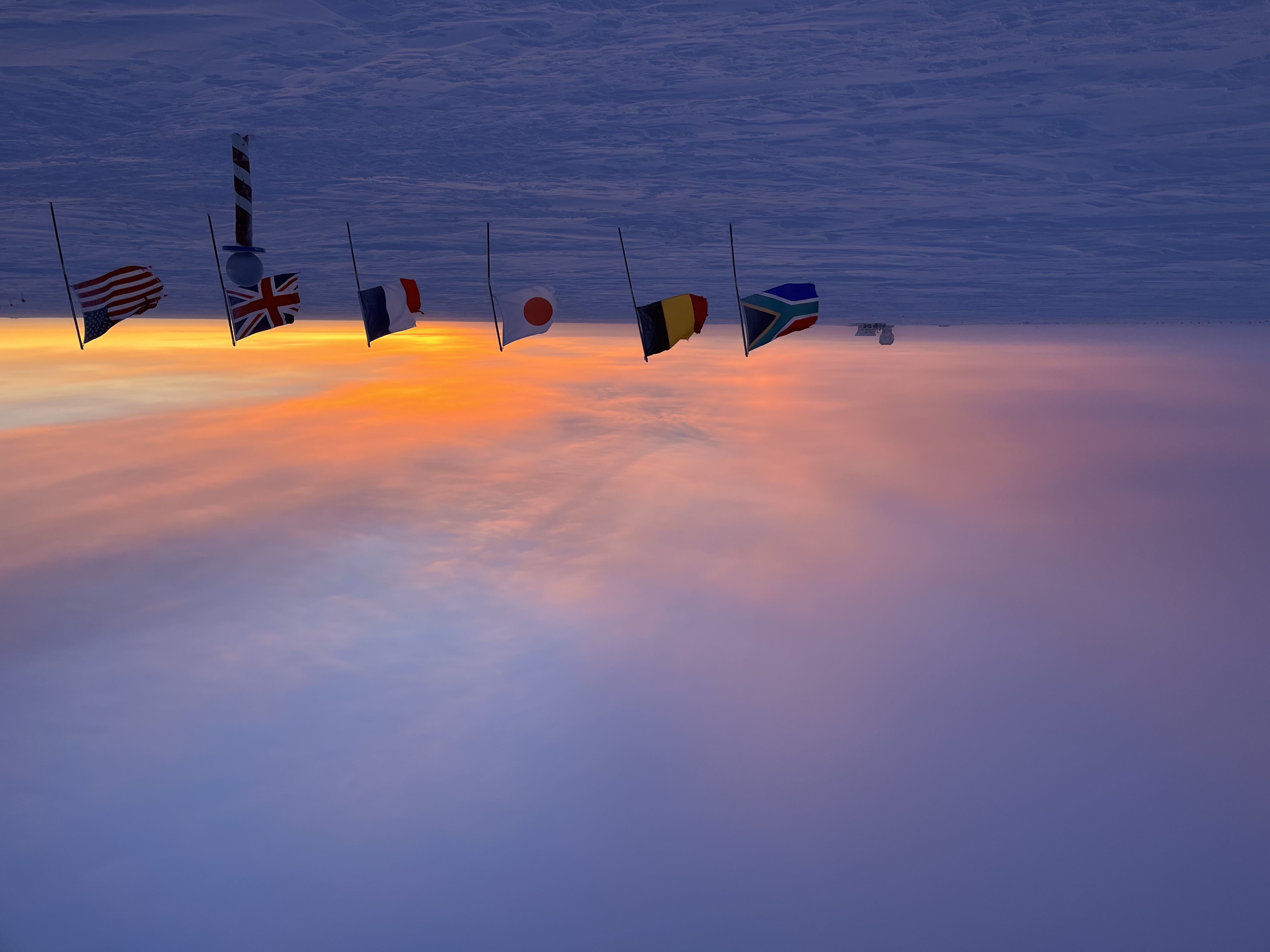By NOAA Communications The 2023 Antarctic ozone hole reached its maximum size at 10 million square miles (26 million square kilometers) on September 21, which ranks as the 12th largest since 1979, according to annual satellite and balloon-based measurements made by NOAA and NASA. During the peak of the ozone depletion season from September 7 to… Read More
This year’s measurements took some twists and turns as NOAA’s ozonesondes launched from the South Pole encountered somewhat surprising layers of higher ozone in the main depletion region, while simultaneously aligning with lower ozone above and below the 14-21km depletion region. (Reminder: the 14-21km layer is the primary region for ozone depletion.) That resulted in… Read More
By Patrick Cullis, NOAA Global Monitoring Laboratory scientist Each year in September, as the Sun returns to the sky above the South Pole after six months of darkness, a chemical reaction happens high in our atmosphere when human activity combines with natural phenomena to destroy part of our protective ozone layer. In the last episode… Read More
By Patrick Cullis, NOAA Global Monitoring Laboratory scientist In Part 3 of this animated series, Casper and Peggy head to the very bottom of the Earth to visit the Amundsen-Scott South Pole Station, where scientists from NOAA’s Global Monitoring Laboratory take critical measurements of our atmosphere far from the effects of human activity. Join them… Read More
By Patrick Cullis, NOAA Global Monitoring Laboratory scientist Continue Casper and Peggy’s ozone adventure in this animated series exploring our atmosphere and the important role ozone plays in protecting all life on Earth. Part 2 covers the ozone layer and how it protects life on our planet from the Sun’s harmful effects! Video by Patrick… Read More
By Patrick Cullis, NOAA Global Monitoring Laboratory scientist As we track this year’s formation of the annual ozone hole above Antarctica, join Casper and Peggy in this four-part animated series as they explore our atmosphere and learn about the important role ozone plays in protecting all life on Earth. Part 1 covers ozone in the… Read More
By Patrick Cullis, NOAA Global Monitoring Laboratory scientist There were two more ozonesondes flown from the South Pole over the long weekend and both measured significantly more ozone, as it looks like the vortex is closing up and warmer air is mixing in over Antarctica. On the October 9 ozone plot (above left), the red… Read More
By Bryan Johnson, NOAA Global Monitoring Laboratory scientist During September, NOAA’s South Pole balloon-borne ozonesondes showed a typical, rapid decline in ozone. Total column ozone dropped to 127 Dobson Units on September 27, a 53 percent loss compared to the August 10 profile measuring 272 Dobson Units. The annual ozone hole begins when the rising… Read More
By Irina Petropavlovskikh, CIRES and NOAA Global Monitoring Laboratory scientist The 2023 Antarctic ozone hole is taking shape as we move into this year’s ozone depletion season. Stratospheric temperatures are staying cold (similar to temperatures at this time in 2022). The sun is rising quickly (since the September 21-22 equinox) and activating chlorine, which initiates… Read More
‘First bit of orange glow’ greets NOAA crew at South Pole By Karin Vergoth, Communications specialist at NOAA’s Global Monitoring Laboratory and the Cooperative Institute for Research in Environmental Sciences (CIRES) at CU Boulder After six months of darkness, the return of the sun at the South Pole signals the arrival of spring in the Southern… Read More
